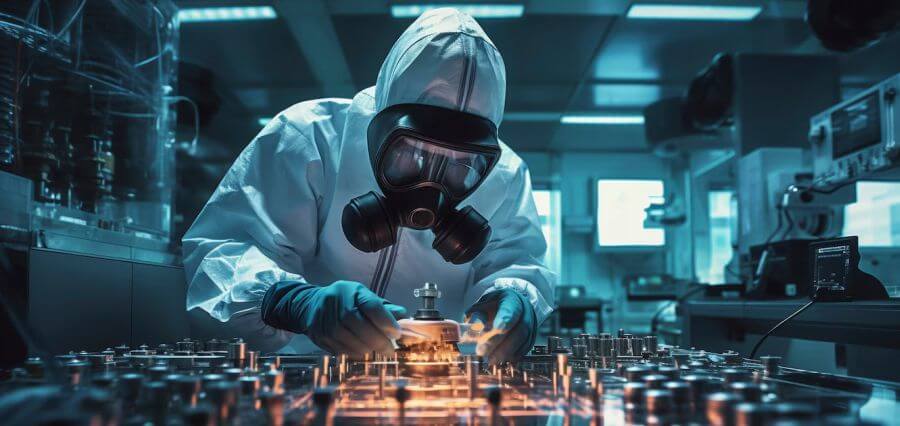We can’t understate the role of a medical device and its use on a patient today. And with evolving technological advancements come new medical technologies, including wearable devices. You can place this intelligent sensor, watch, or monitor inside or on the skin, making it a safe, durable, and flexible technology. Apart from this innovation, medical instructions, such as orthopedic screws and spinal implants, are created while paying attention to strict standards and an eye for detail. However, the quality of these devices and innovations depends on different factors, such as design and materials. So, here is where medical welding comes in.
Medical Welding Solutions
Manufacturing of medical devices adds a couple of factors to the entire operation. Devices such as cardiac pacemakers and replacement heart valves are CE Class III innovations. This means their quality can mean a difference between life & death for patients. Joint integrity and hermeticity are essential, too, due to the contamination of implanted devices and the leakage of their internal materials, which can harm patients. The medical industry’s unique needs also constrain the use of the proper welding technique. For medical experts, a good technique must adapt to a unique part of metallurgy and geometrics. It must also be able to single spot welds on small parts without introducing outside materials, such as braze or solder. Here are a few welding techniques that come in handy in the medical industry:
1. Ultrasonic
As a production welding technique, this approach uses high-frequency vibrancy to join different parts of metals via frictional heat. The technology is more helpful for joining and welding non-ferrous metals and plastics that welders use to create medical devices. It comes with benefits, like low energy consumption, fast welding speed, and homogeneous welds that don’t need additional adhesives or fillers. All these characteristics make this welding technique suitable for producing higher volumes of medical devices where cost-efficiency/speed are essential.
2. GTAW
The GTAW (gas tungsten arc welding) is a type of welding that uses non-consumable tungsten electrodes to melt parts of a metal and generate electric arc. The technique is known for its quality welds, precision, and capability to weld thinner materials without distortion or warping. Regarding the medical industry, GTAW helps to join parts like orthopedic devices, implants, and surgical instruments. The absence of filler materials, minimal input of heat, and precision make this technique suitable for creating quality welds.
3. Laser
This is one of the highest precision welding techniques welders use to fuse and weld metal parts. According to experts at Micro Weld, this method provides several benefits, including high weld strength, less heat input, and faster speed. In the medical industry, the laser helps to join intricate and small parts, like dental tools and catheters. With its capability to precisely create welds, the welding process will ensure medical devices meet strict tolerances.
4. Resistance
Resistance welding often involves applying electrical currents and pressure to parts of a metal to fuse and melt them. Welders often divide this technique into sub-categories like projection, seam, and spot. The trio is suitable for welding thick metals and materials primarily used in medical devices, including titanium and stainless steel.
Future Opportunities and Trends
In the future, we expect advancements in machine learning and artificial learning. These two technologies will enable welding robotics to adapt and learn, improving efficiency and capabilities. In the future, we also expect welding processes to evolve through digitalization. This, in turn, will revolutionize workflows and improve welding operations’ efficiency. With all these technological advancements and trends comes a high demand for industrial welders. But what will change are the required skills, which may include the following:
- Physical abilities
- Attention to detail
- Math
In conclusion, welding is one of the unsung heroes behind producing safe and reliable medical devices. From electronics integration and durability to materials compatibility, welding helps ensure different devices meet all the medical industry’s demands.


